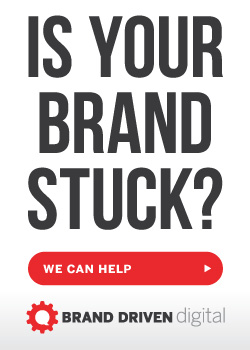Is your brand new to social media? Are you looking for a way to add purpose to your content? An editorial calendar may be your solution. Whether you’re planning communications for a large corporation or a small non-profit organization, there are a few things you should know when creating your own social media editorial calendar.
Layout a Monthly Theme
To begin your social media editorial calendar, layout the topics you want to cover for each month from January through December. It may be a good idea to start early, for example, in November of the prior year.
Gather information from co-workers, the company calendar, etc. and begin laying out hot topics that align with each month. This could be anything from product launches, company events, member outings, giveaways and more. These hot topics will serve as your guide when you drill down into a more detailed social media calendar.
For example, if your company is announcing an event theme or location on November 15th, you may want to begin promotion a month in advance. A team I worked with did a simple, yet effective version of this for a local non-profit organization. The team put together a puzzle reveal, removing one puzzle piece per week (over the course of four weeks) to generate interest and conversation about the event. Association members and national organizations took part in the conversation, creating a lot of pre-event buzz.
If you discover there aren’t enough product releases or company events to fill up your months, you will want to come up with another theme or giveaway for each of the remaining months. By creating a general theme for each month, you can better keep the attention of your social audience as they become invested in what you have to offer.
Breakdown Topics
Once you have your monthly editorial calendar complete, you can dive into more detailed communications. If you are a new to the social media scene, Facebook is probably the best place to start, as your audience may not expect daily updates. Three to five posts per week would be a good goal to set for your page. In this stage of the game, you will need to focus on your month’s theme to construct messages that engage your audience. Remember, posts do not have to be a certain length or format – they just need to be interesting and engaging.
Let’s look at an example of a topic breakdown. Keep in mind, this is a condensed version, but you can see the idea behind an editorial calendar.
Month: January
Theme: Product Launch (Directional Drill)
Week 1 (January 1-7)
- Facebook post: Photo along with announcement of when the drill will be available. Include specs and what makes this drill stand apart from the rest.
- Facebook post: Video of engineer explaining the complexity and reliability of the drill.
- Facebook post: Reminder that the drill will be released next week and which locations.
Week 2 (January 8-14)
- Facebook post: Photo/announcement of drill now being sold in select locations (listed).
- Facebook post: Video of drill operating.
- Facebook post: Highlight the benefits of the new drill.
Week 3 (January 15-21)
- Facebook contest: Announce contest. Ask those who have purchased to comment with their location. Winner for the furthest distance away from the manufacturer receives contest prize of $100 gift card.
- Facebook post: Article/update from the first customer to purchase the new drill.
- Facebook contest: Reminder to enter.
Week 4 (January 22-28)
- Video with customer testimonial.
- Announce contest winner.
Keep in mind, not every post has to tie directly to your theme. This is more of a general guideline as you being using your editorial calendar.
Start Posting
Everyone has to start somewhere. Don’t be afraid of customers making negative comments or responding to your posts. This is your opportunity to get the word out about your products, your events, and your organization. If you do receive negative feedback, this is also your chance to set things right and potentially earn the life-long respect of a customer – simply respond to them the same way you would in person, and turn the experience into a positive one.
By establishing a social media editorial calendar for the year, you can have a plan for where you want to go and drive your communications with meaning and purpose. Regardless of the scale of your operation, you can feel confident in your social communications, stemming from a solid base of planning.









